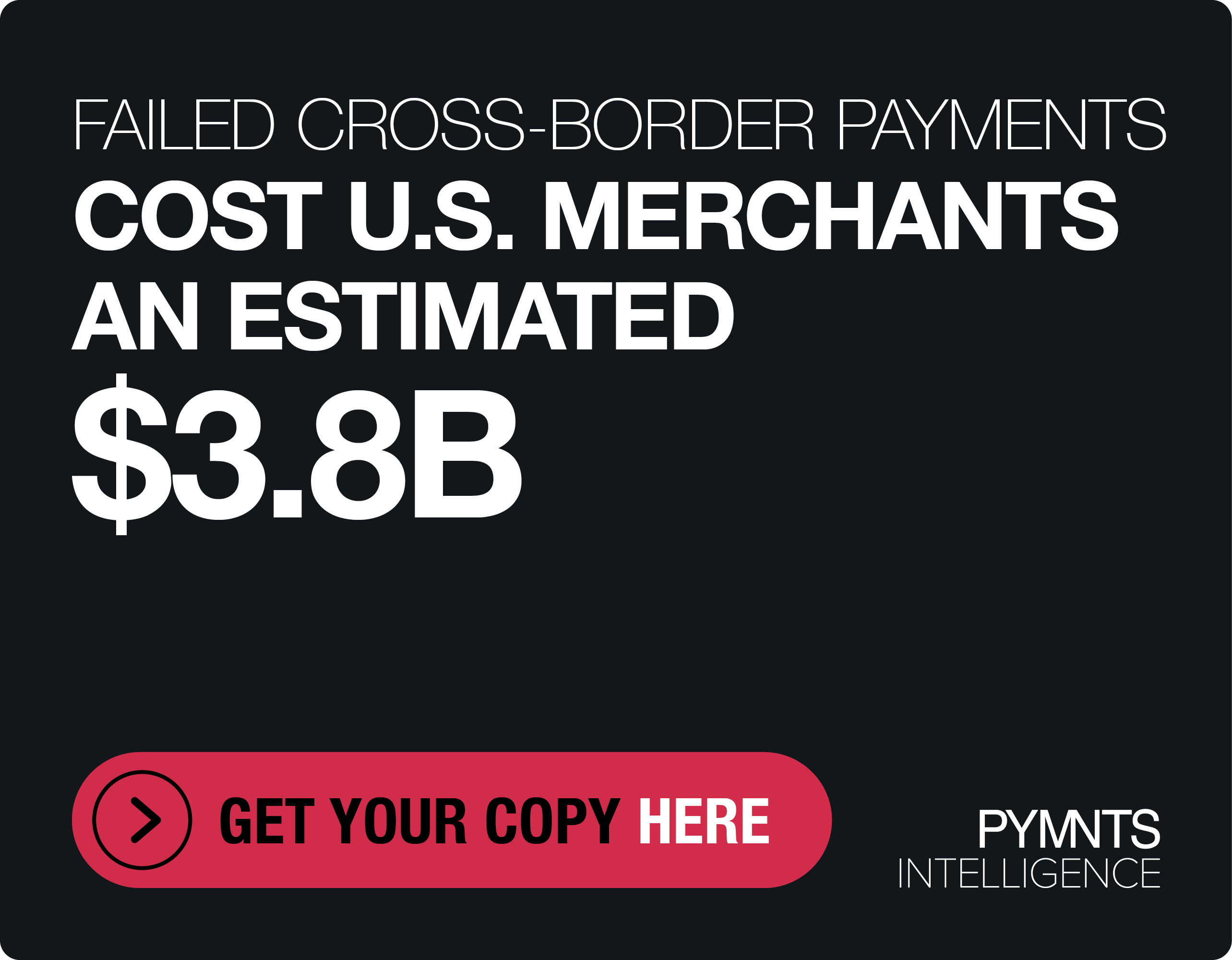The “Deadly Parasite” Lurking Inside The Enterprise

U.K. B2B payments are facing market shifts thanks to regulations like the Open Banking initiative, events like Brexit, and even international forces like Europe’s PSD2. But amid shifting tides, the B2B payments industry continues to press forward with progress, according to new analysis from Bottomline Technology.
The company recently released its 2017 U.K. Business Payments Barometer – Payments for a New Economy report. There is a lot going on in the industry, Bottomline finds, from corporate use of faster payment capabilities to rising concern over late supplier payments. But according to Bottomline, payments security is “the greatest single driver of change in the payments industry” this year.
Real-Time Payments
As they did in 2016, corporates in 2017 identified the need for greater security as the No. 1 driver of change they see, surpassing real-time payments, payments innovation, mobile payments and regulation.
But the focus on real-time payments remains high for corporate financial professionals, an interesting finding considering Bottomline also found a nearly even split between adopters and non-adopters of the U.K.’s Faster Payments Service. Though 44 percent have already adopted the technology, 51 percent say there is “no business need” for the technology.
“Our findings suggest businesses may not yet have fully understood the benefits of Faster Payments – perhaps seeing it as a mechanism for releasing cash sooner,” the report says. Indeed, more than a fifth of those surveyed said they aren’t adopting faster payments because they want to hold onto cash longer.
Slow Supplier Payments
The U.K. has made various regulatory efforts to combat the issue of late and delayed supplier payments, but it remains a key concern for financial professionals, according to Bottomline’s analysis. More than a third of U.K. financial decision makers told Bottomline that slow payments remains their toughest challenge when looking to get their invoices paid. Nearly half of SMEs said the same.
“It will be fascinating to see whether the Duty to Report regulation which came into force in April has any effect on the predicament of SMEs,” Bottomline noted, referencing the most recent effort by the government to curb the issue.
Improving cash visibility and forecasting is the priority for financial professionals this year, but slow payments can dramatically reduce visibility and predictability of cash flow. According to the survey, professionals’ best chance at tackling the issue and getting their invoices paid faster is fostering collaborative relationships with their business customers. Nearly half of companies said a collaborative customer relationship was the main reason they got their invoices paid on time.
“We see this as the beginning of a real shift away from traditional debt collection,” concluded Bottomline, “which is the second-most popular approach.”
Payments Fraud
While corporates continue to be wary of faster and real-time payments, and are still looking for ways to strengthen cash flow and accelerate invoice payment times, their priority today is to secure their transactions.
Fraud prevention surpasses migrating payments to the cloud and digitizing financial documents when professionals were asked about what they view as key drivers of payments technologies. According to researchers, there was a 138 percent relative year-on-year increase in concern over payment fraud committed by a business’ own employees. Meanwhile, most professionals agree that payment fraud committed by external entities remains their top concern.
Worryingly, 56 percent of professionals said they weren’t sure whether their companies had been impacted by payment fraud or not.
Part of the challenge, said Bottomline, is that the threat of multiple, small-scale instances of fraud can be more damaging and harder to detect than one major event. Most companies said they are concerned that up to 10 percent of their company’s revenue had been targeted by fraudsters, a 28 percent year-on-year increase. But large-scale fraud is on the decline, with 17 percent of professionals estimating that more than 10 percent of their firms’ revenue was hit by fraud attacks – down from 35 percent in 2016.
“It is encouraging to see the overall concern of financial fraud increase compared with last year, suggesting a greater level of vigilance,” said Ed Adshead-Grant, Bottomline Technologies’ general manager of payments, in the report. ”The nature of payment fraud is becoming increasingly complex, and it is important that companies adopt a balanced stance when protecting themselves against both internal and external payment fraud. If external cyber fraud is a hornet’s sting, internal fraud is a deadly parasite.”
